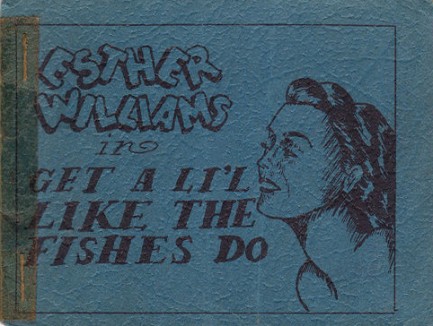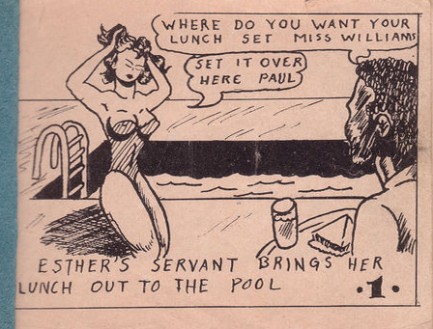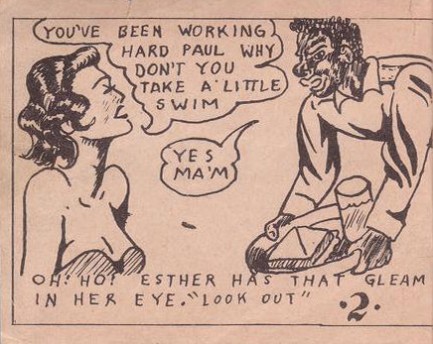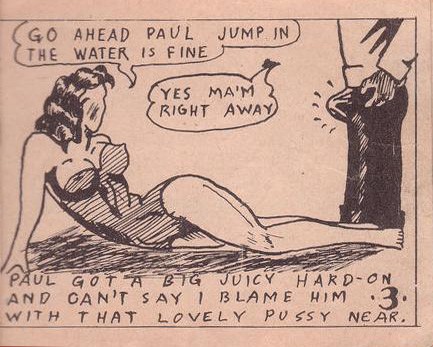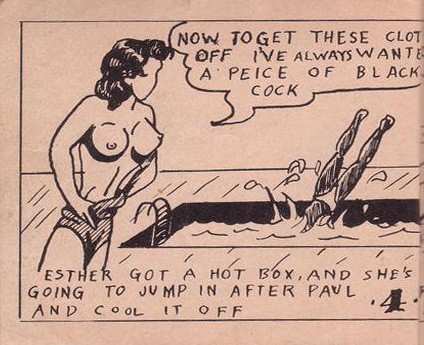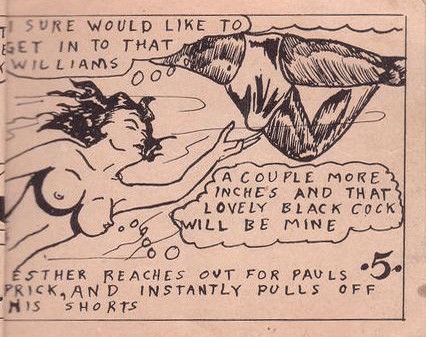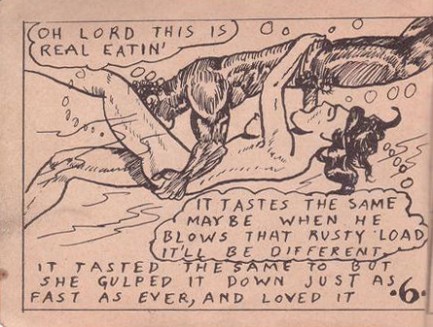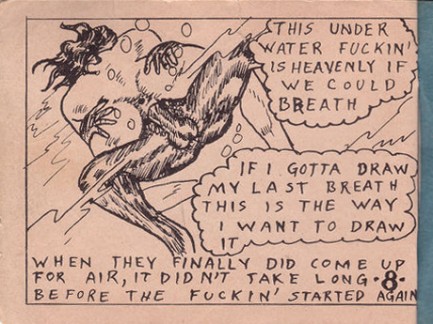| Vintage Pulp | Dec 27 2020 |

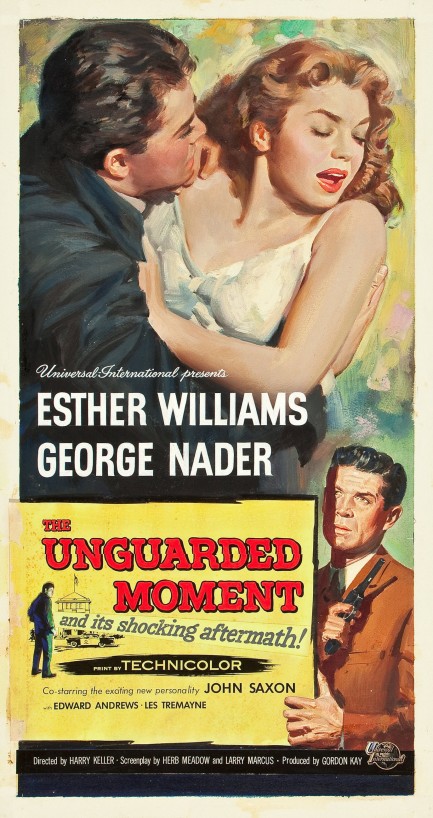
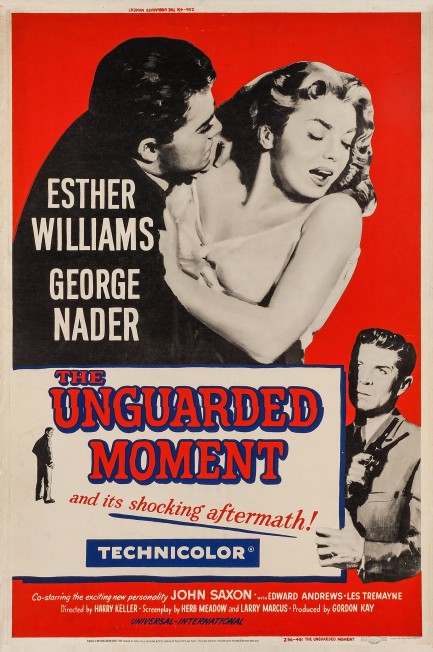
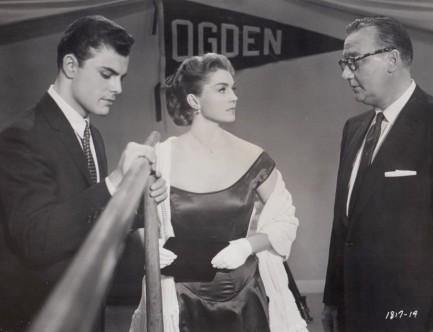
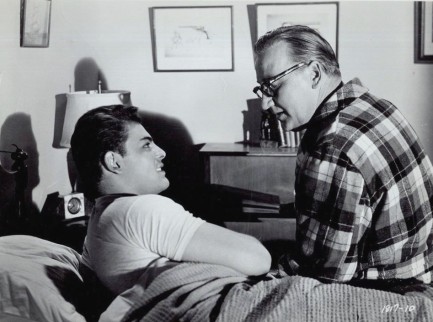
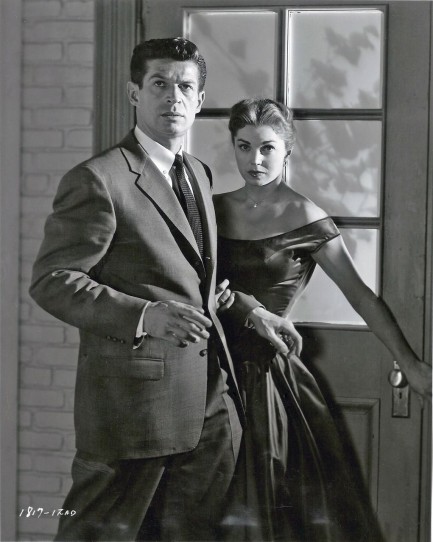
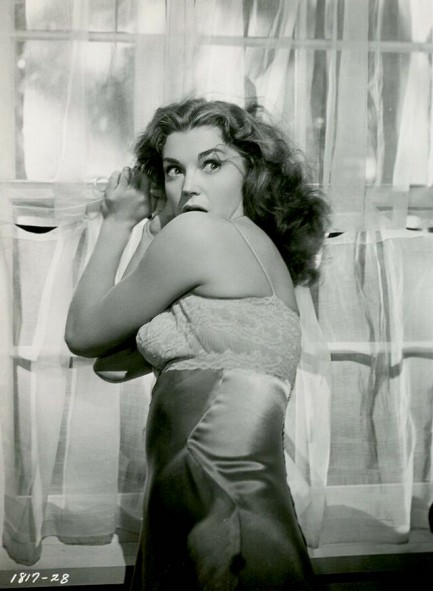
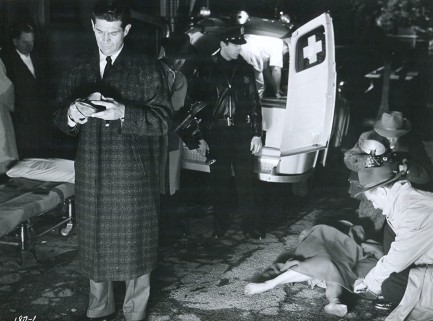
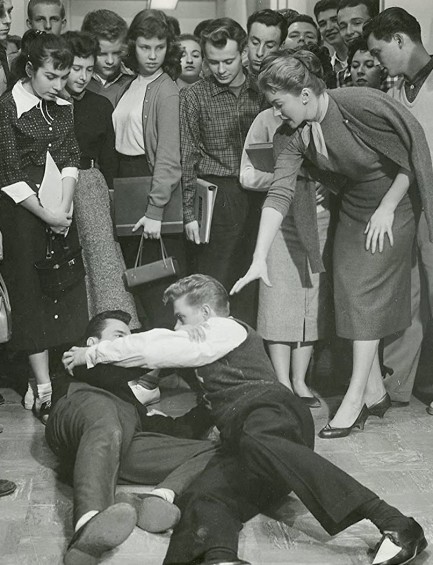
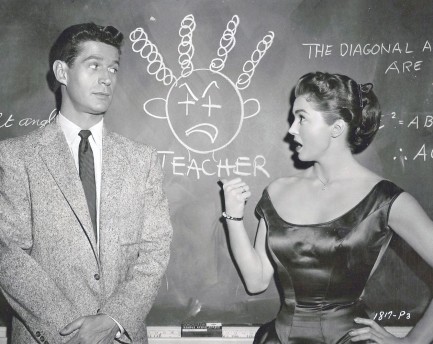
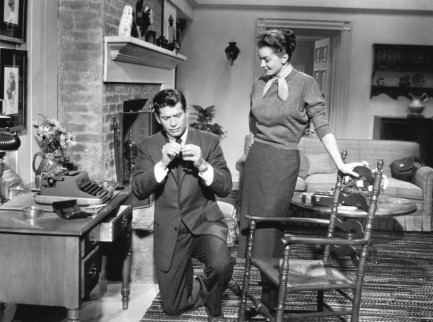
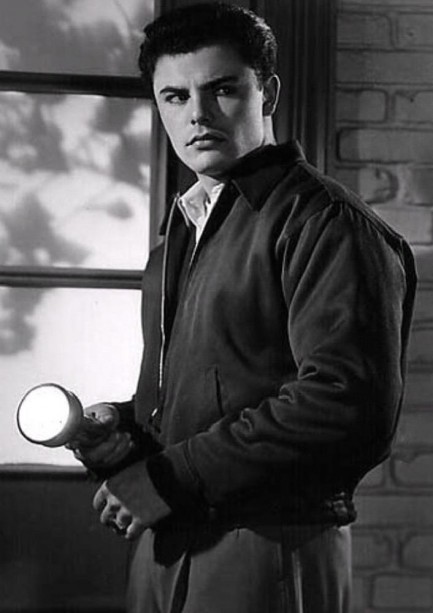
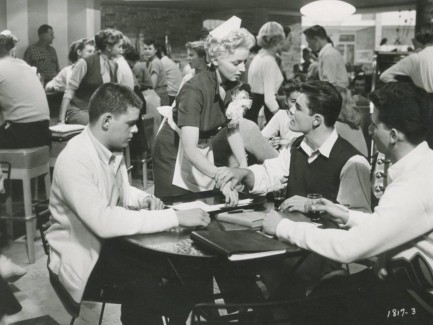
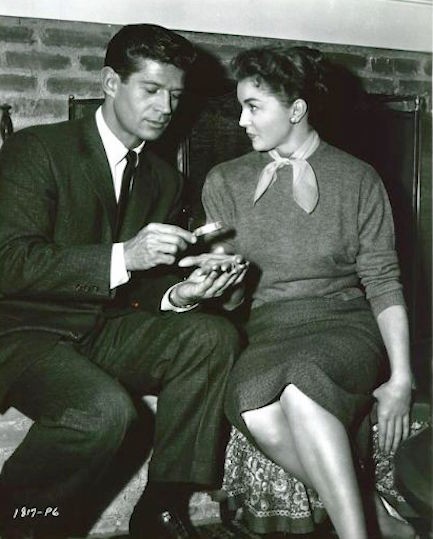
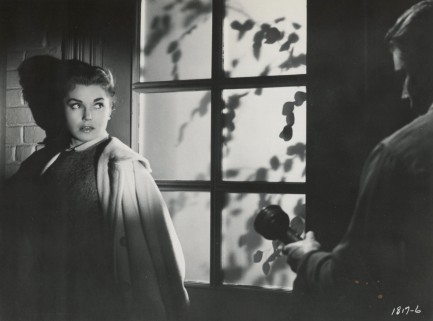
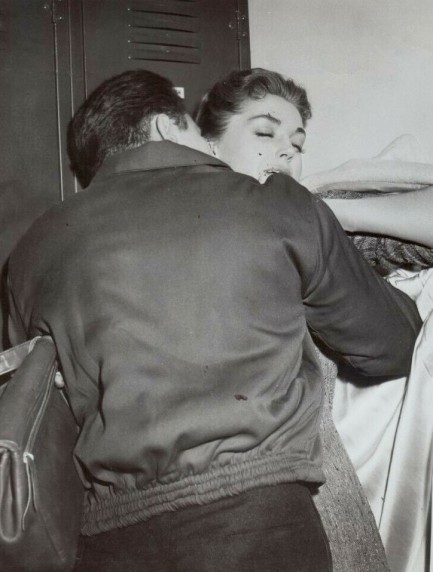
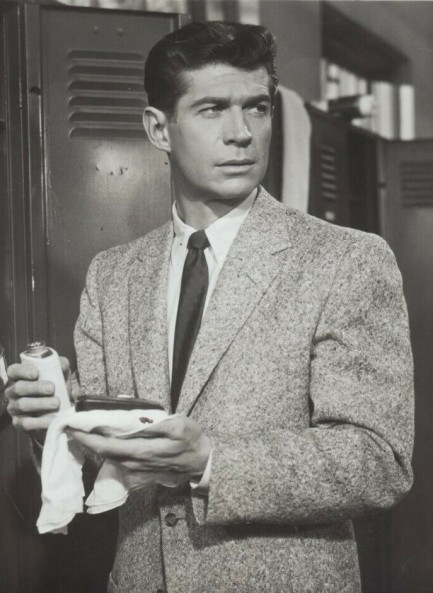

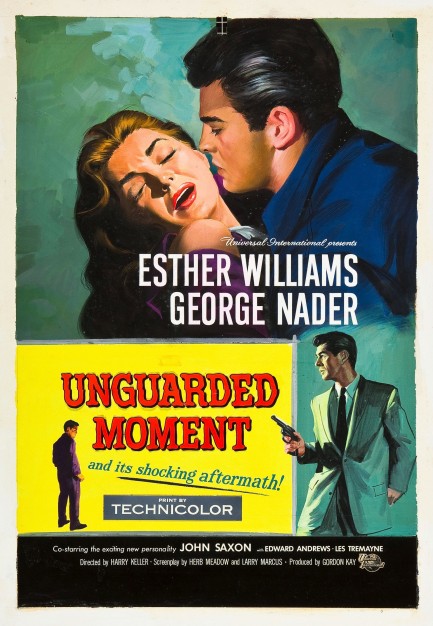
| Femmes Fatales | Sportswire | Jul 14 2020 |

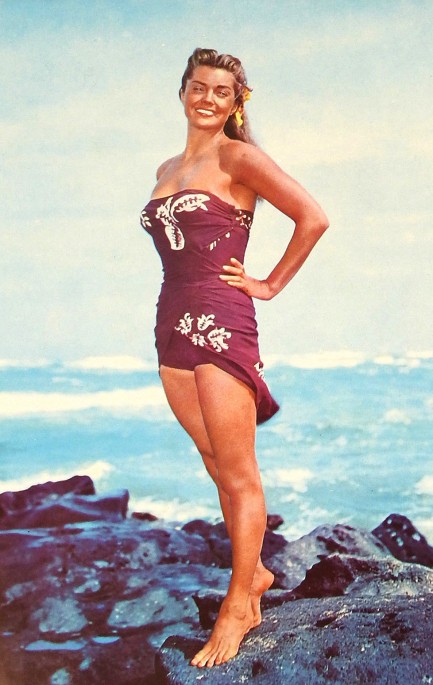
| Sportswire | Apr 2 2016 |

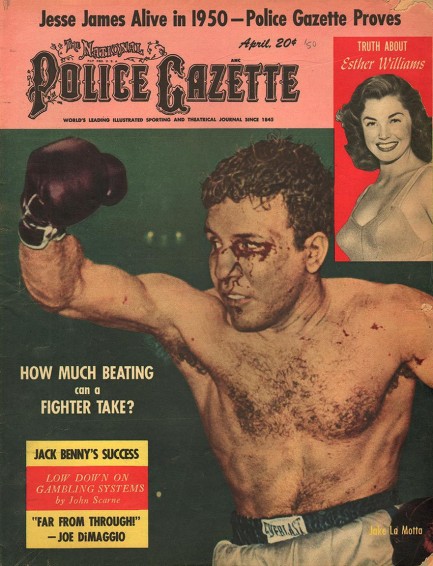
How much beating can a fighter take? National Police Gazette asks that burning question on the front of this issue that hit newsstands this month in 1950. The cover star is Jake LaMotta, the Bronx Bull, who was famous for being able to take a punch—or fifty—and his unseen opponent is French fighter Robert Villemain. The photo was made during their December 1949 bout, a match LaMotta lost by unanimous decision. But his reputation as someone who could take a punch grew even when he lost, and eventually reached legendary proportions. His most serious beating occurred in February 1951 during a bout with Sugar Ray Robinson that was dubbed the Saint Valentine's Day Massacre. By the end the fight had become an epic of human destruction, and almost certainly caused permanent damage to La Motta. But in ninety-five professional matches to that point he had never been knocked to the canvas and he didn't fall that night either, even during a vicious final-round barrage that had LaMotta staggering around the ring. So the answer to Gazette's question—How much beating can a fighter take?—is simple. If you're LaMotta, you can take plenty.
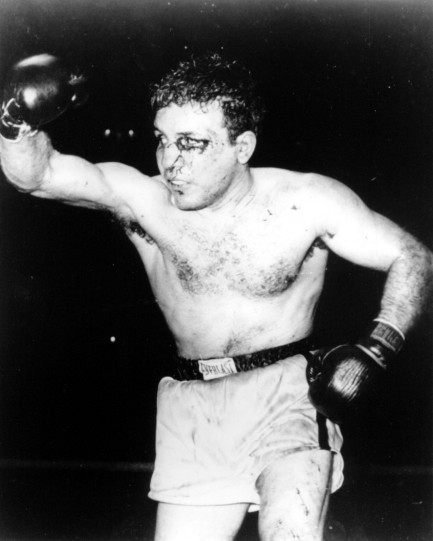
| Sex Files | Jan 4 2016 |

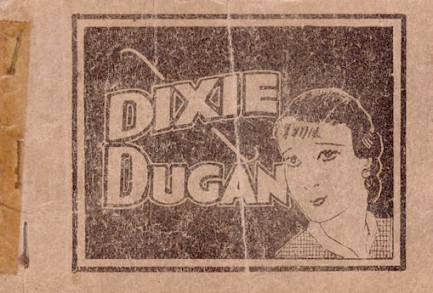
The Tijuana bibles we like best are those dealing with celebrities, like this one about Robert Mitchum and this one spoofing John Dillinger. But many of these dirty little books dealt with famous comic strip characters such as today’s Dixie Dugan send-up. In addition to being absolutely scandalous and often very funny, these eight-panel booklets show that we haven’t really changed that much in the last eighty years or so years when it comes to such variations as oral sex and dirty talk. Yes, your grandparents may well have been sixty-nining like banshees. Read a bit more about Tijuana bibles here.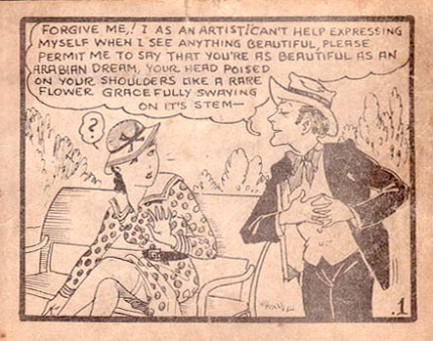
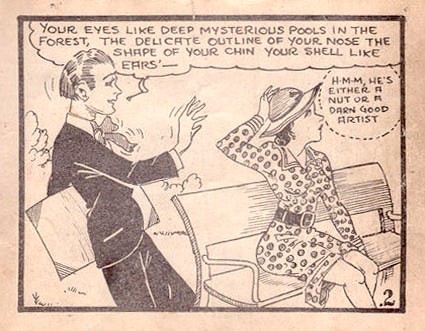
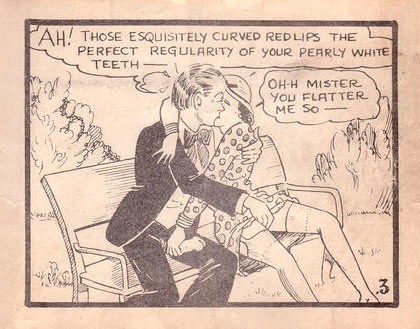
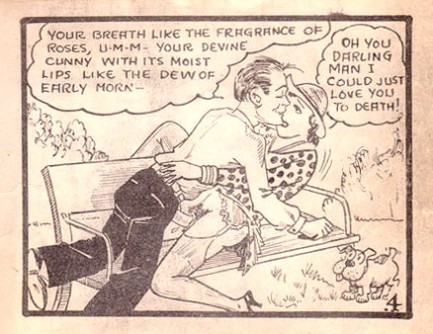
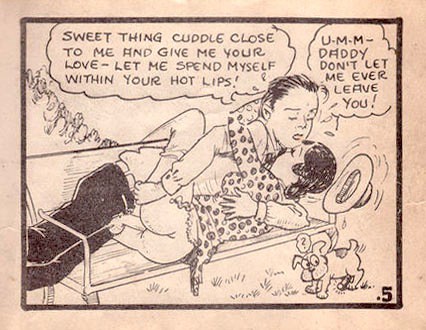
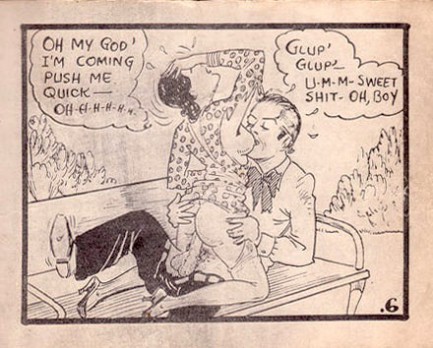
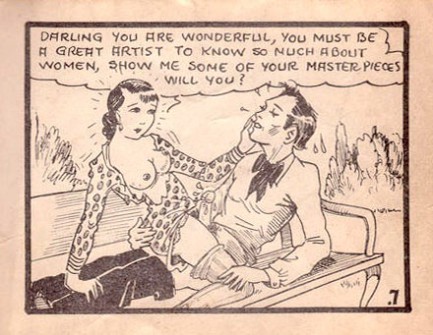

| Vintage Pulp | Jun 8 2014 |

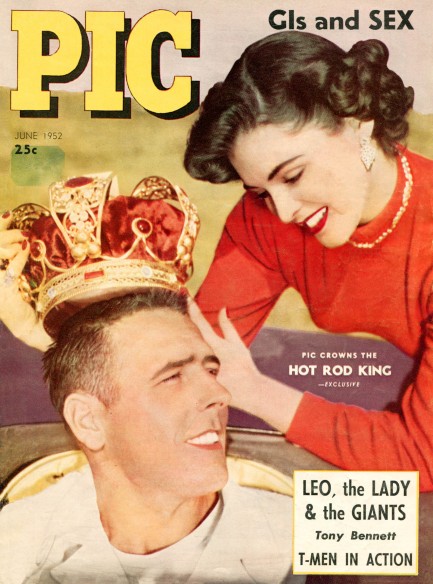
We’ve featured Pic magazine only once before, but not because it was an unimportant publication. Quite the opposite—we’ve seen issues as early as 1936 and as late as 1958, making it both a Depression and World War II survivor, presumably no easy feat and certainly a run indicative of sustained popularity. Early issues seemed focused on sports, but it soon broadened to include celebrities. It was launched by Wagner Publications of New York City, and this issue appeared in June 1952 with a cover featuring actress Suzan Ball placing a crown on the head of Akton Miller, a man Pic had chosen as its Hot Rod King. Inside you get a raft of Hollywood stars, including photos of Yvonne De Carlo in Uruguay, Marilyn Monroe, Janet Leigh, and Joan Vohs, shots of New York Giants manager Leo Durocher and his beautiful actress wife Laraine Day, and some nice boxing pictures. There’s also an interesting feature on the day’s top vocalists (with African-Americans notably excluded), and a profile of crooner Tony Bennett.
It was then that her train to stardom jumped the tracks. She injured her leg performing a dance number in East of Sumatra, and later in the year had a car accident and hurt the leg again. Treatment for those two injuries led to the discovery of a cancerous tumor. Soon afterward she fell and broke the limb, and when doctors decided they couldn’t remove the tumor they instead took the entire the leg. That was in January 1954. Ball soldiered on in her show business career with an artificial leg, starring in Chief Crazy Horse, though she lost fifteen pounds during the production, and later playing nightclub dates and appearing on television shows. In July 1955 she collapsed while rehearsing for the show Climax, whereupon doctors discovered the cancer had metastasized and spread to her lungs. A month later she died at age twenty-one. We have about fifty scans below.
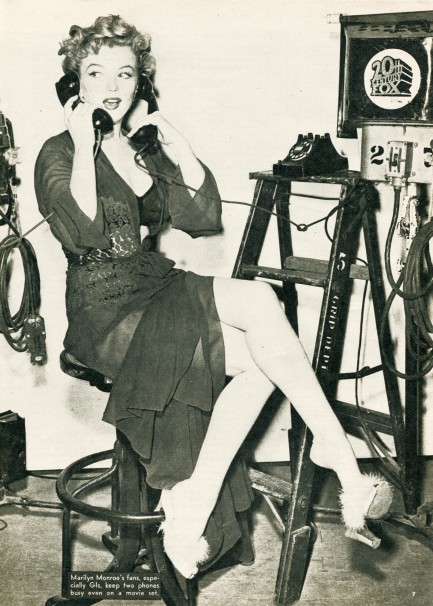
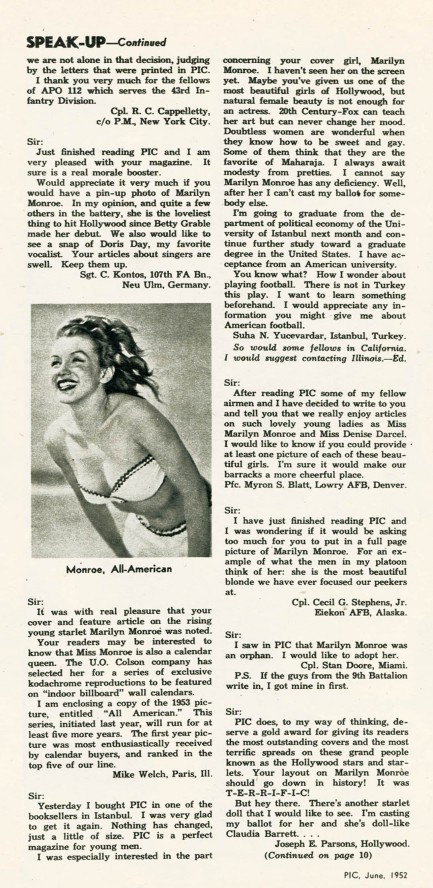
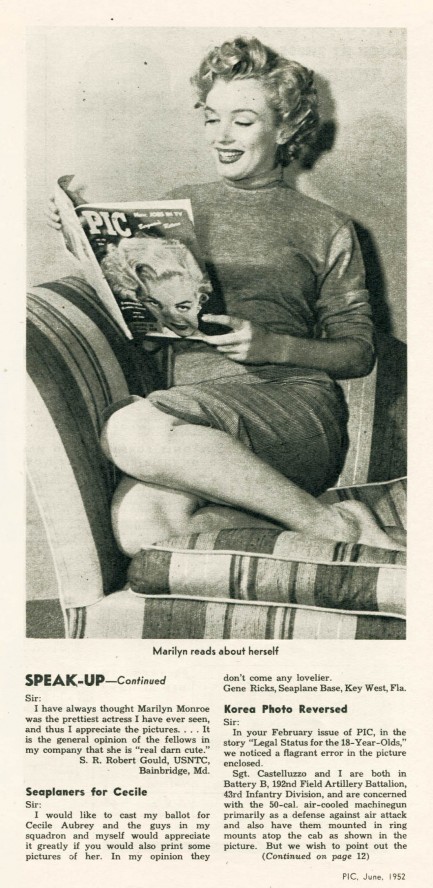
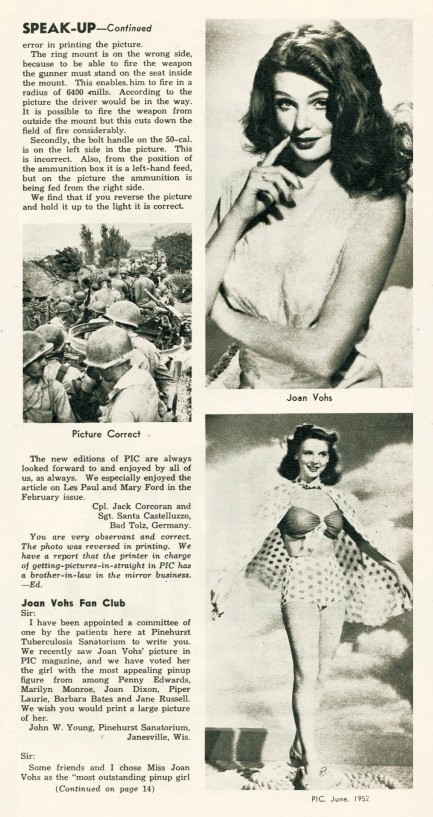
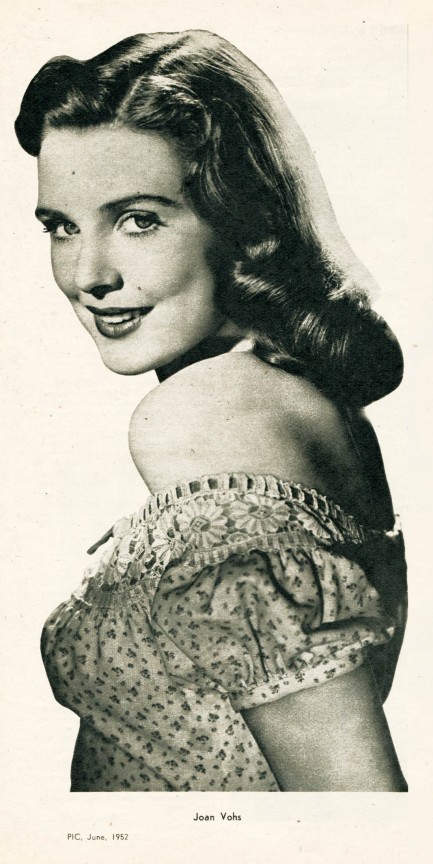
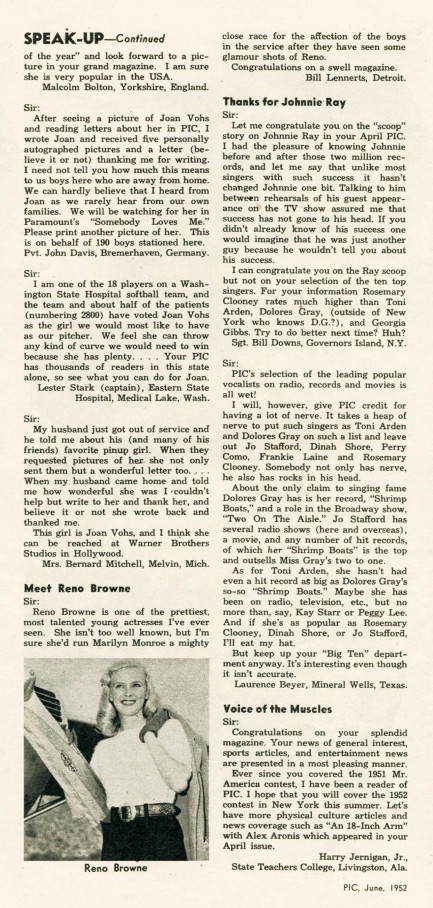
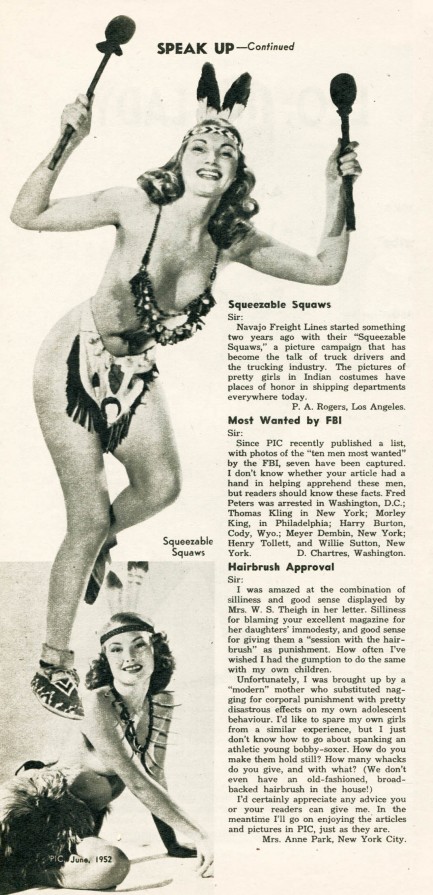
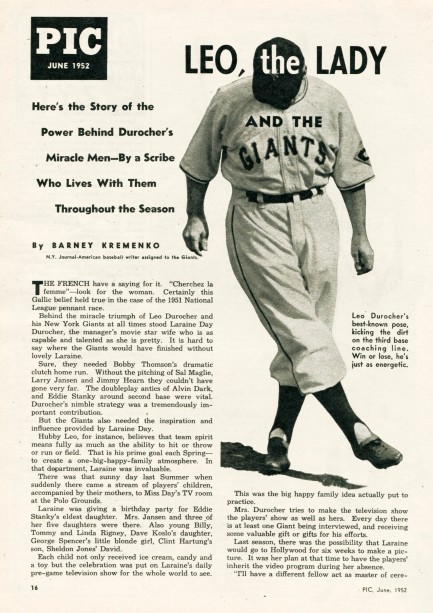
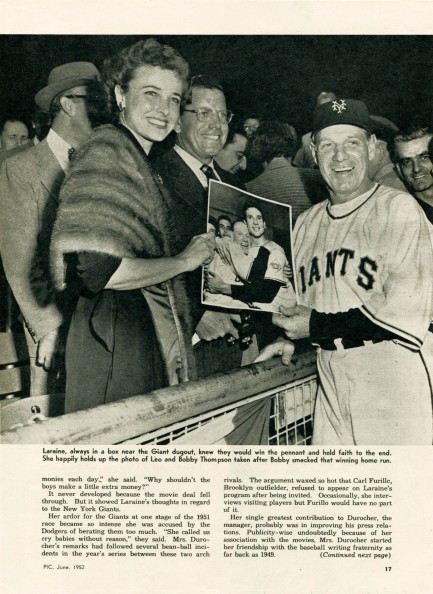
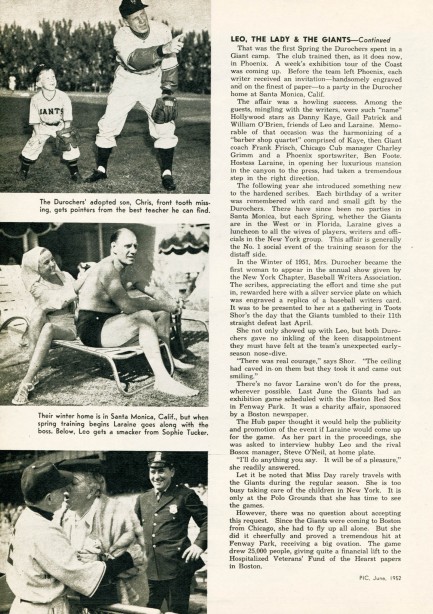
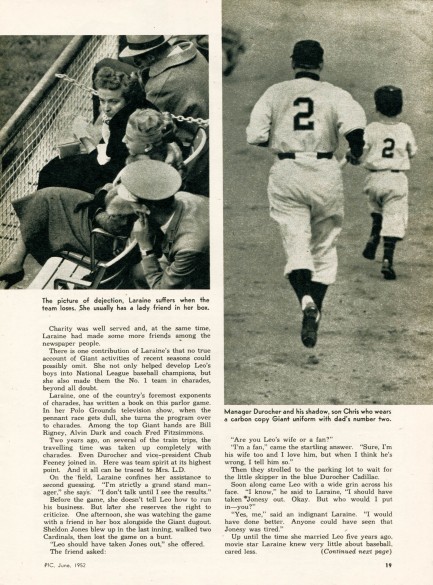
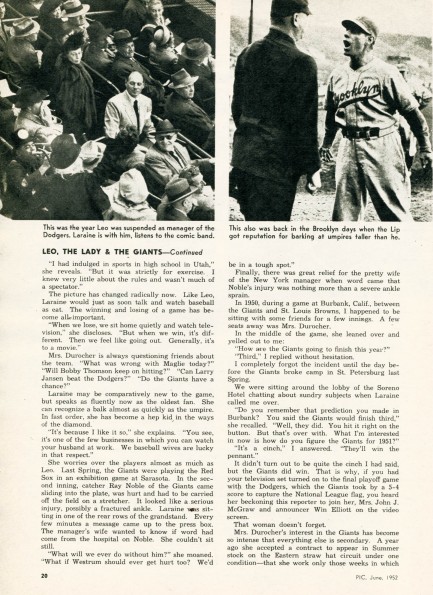
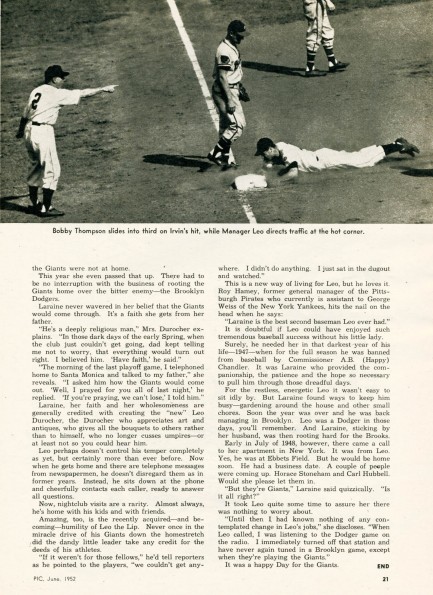
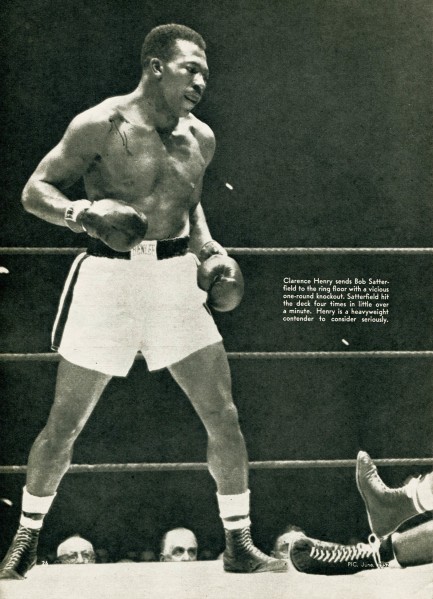
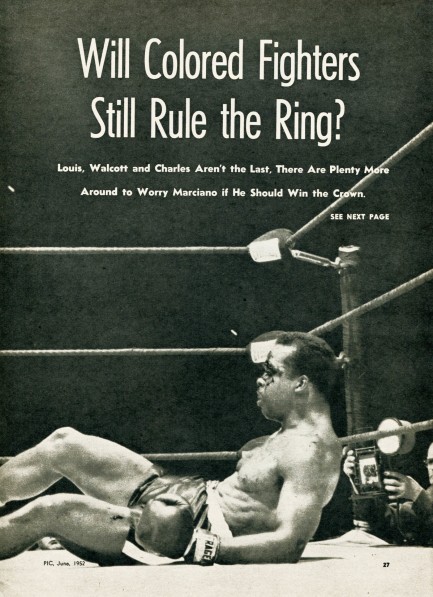
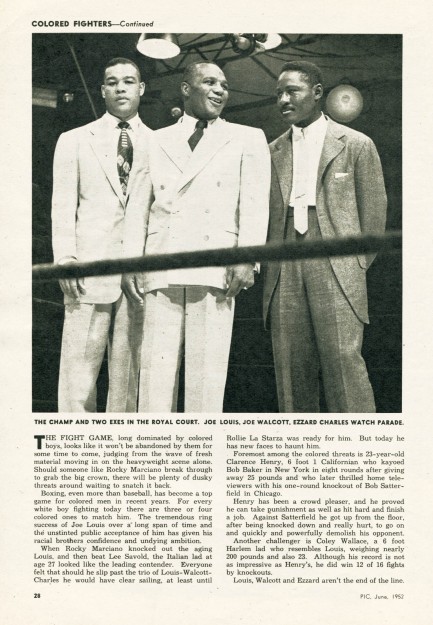
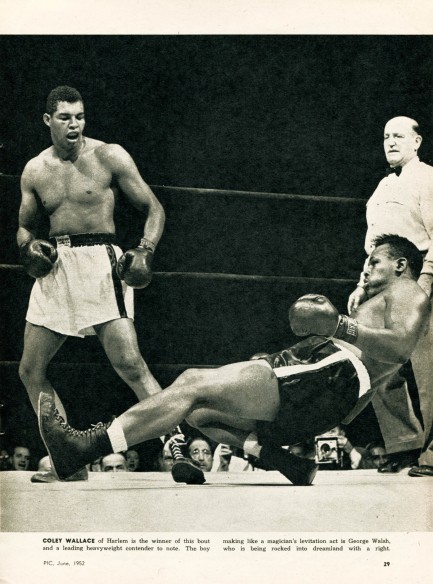
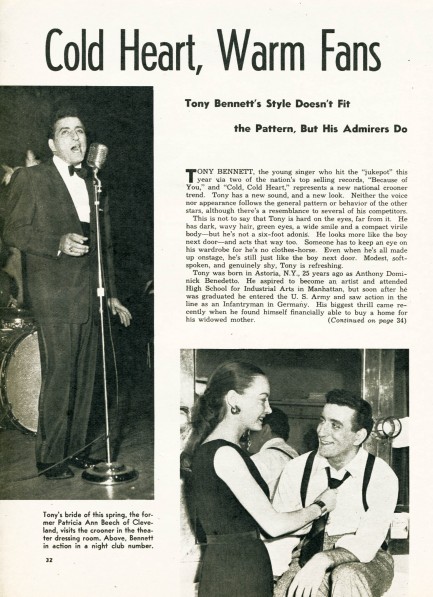
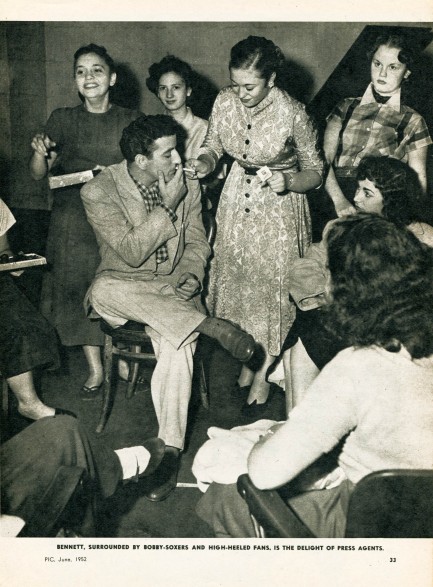
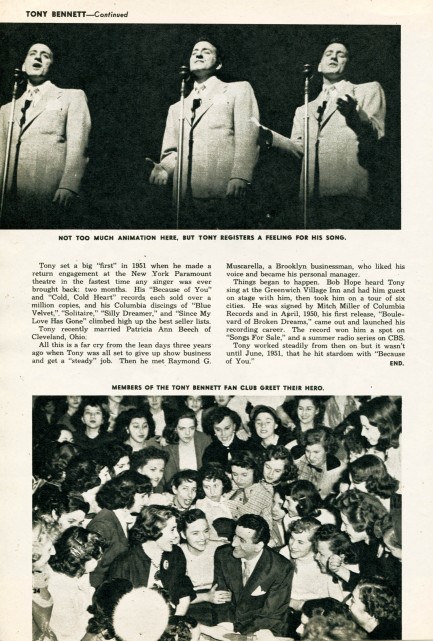
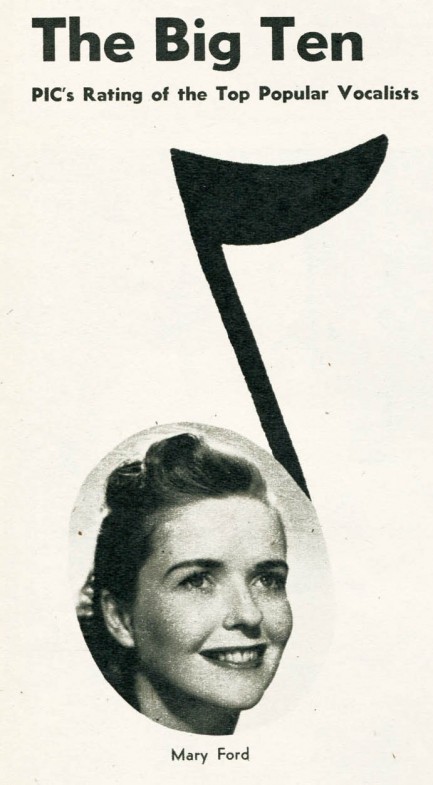


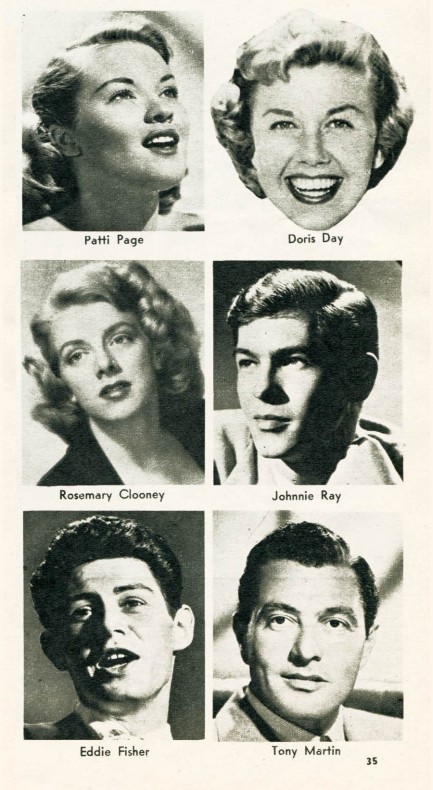
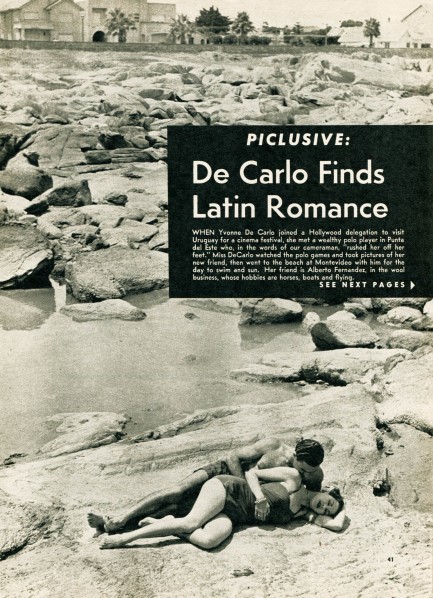
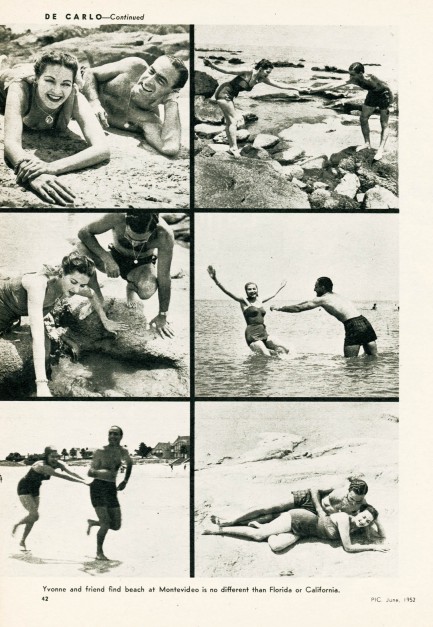
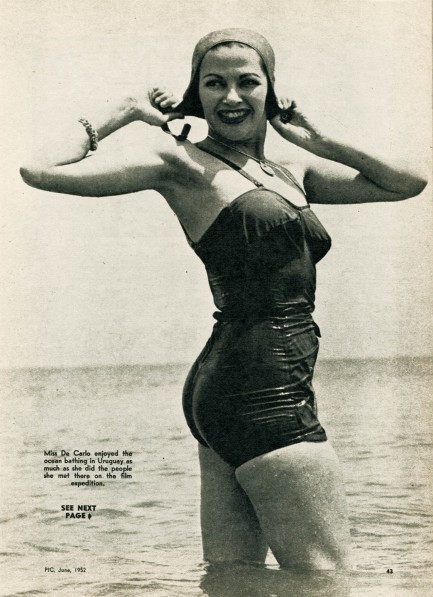
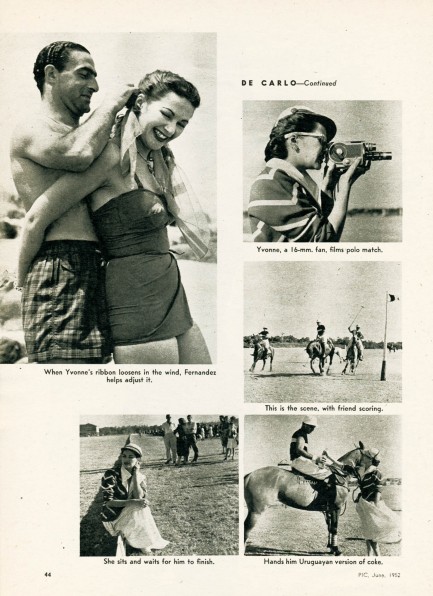
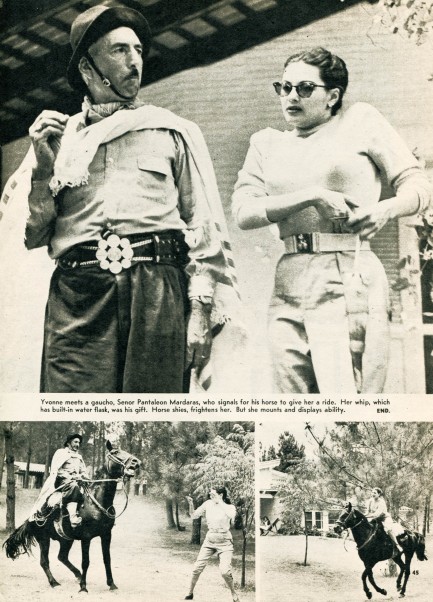
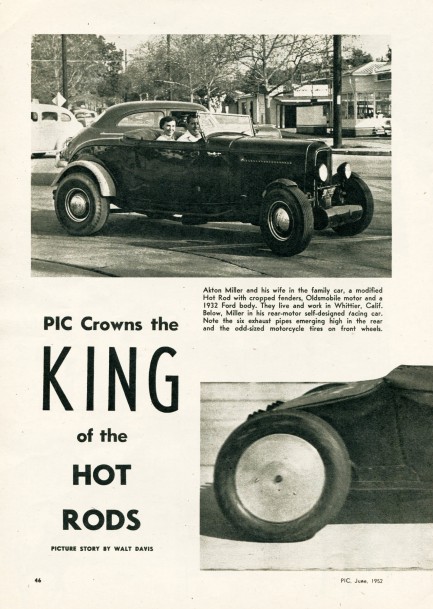
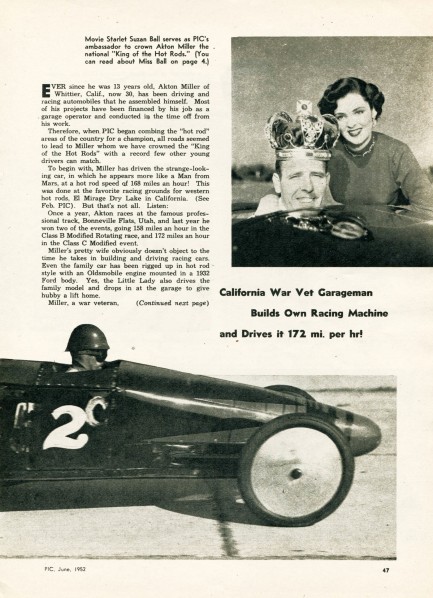


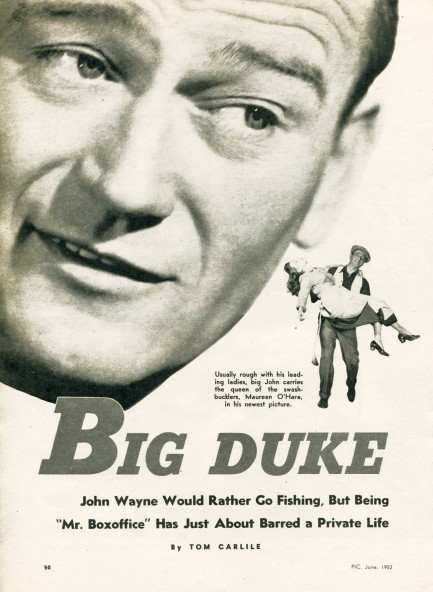
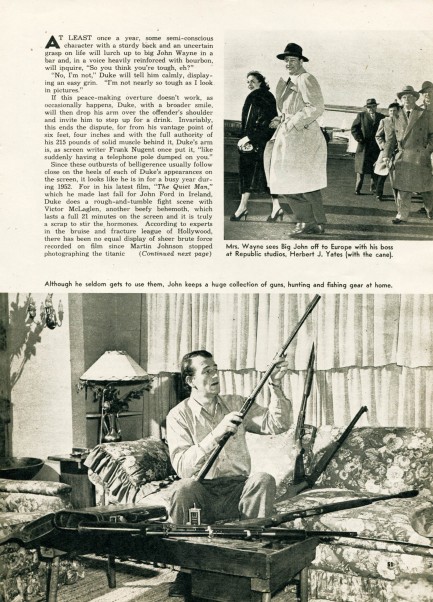
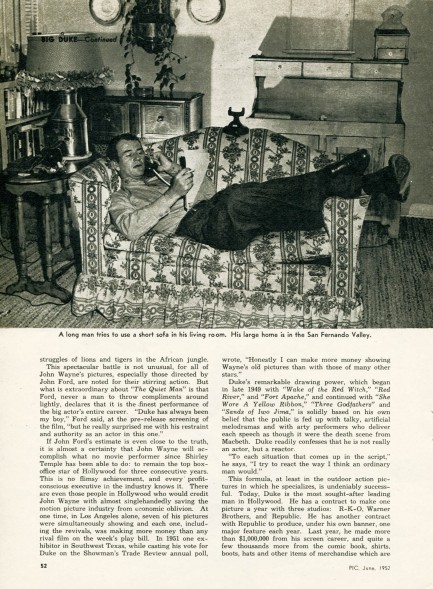
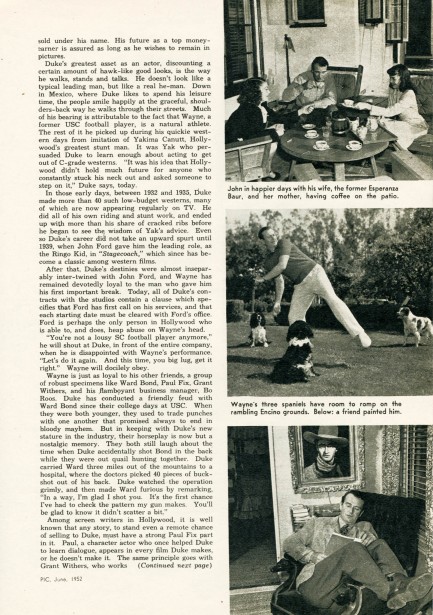
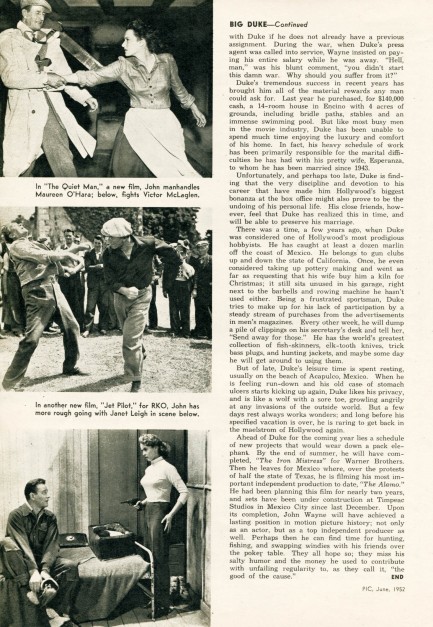
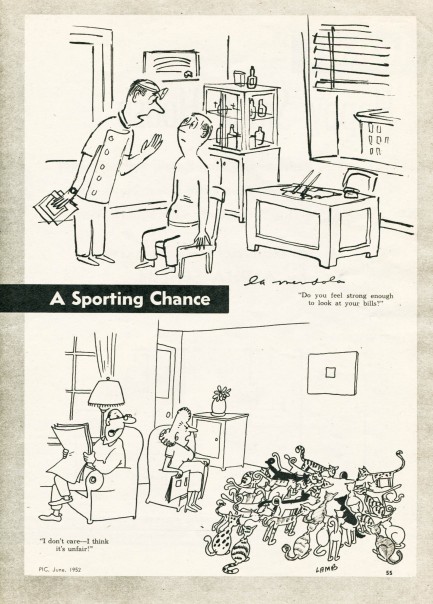
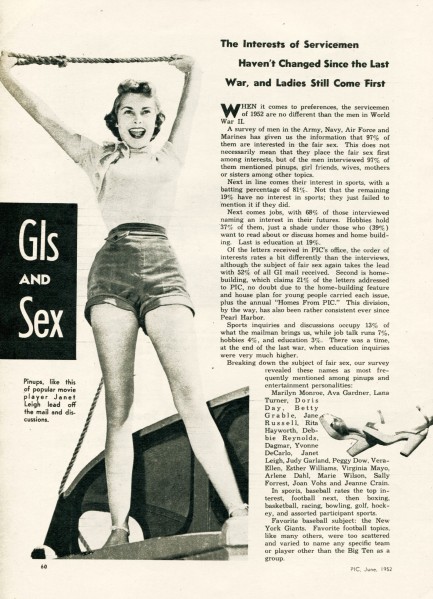
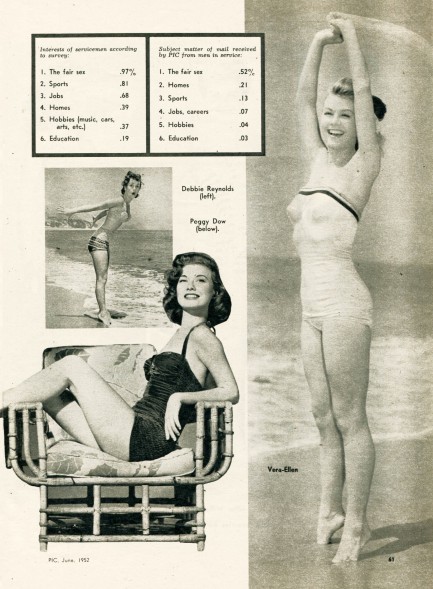
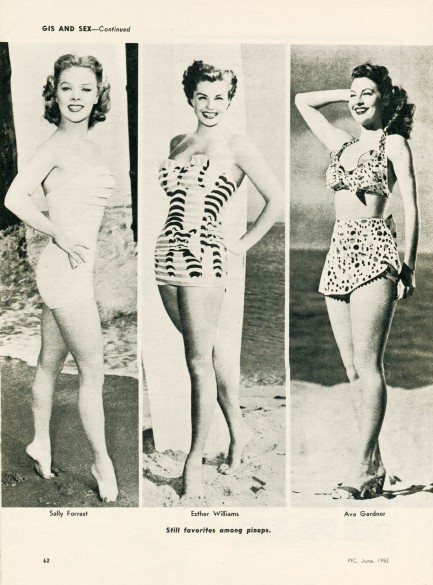
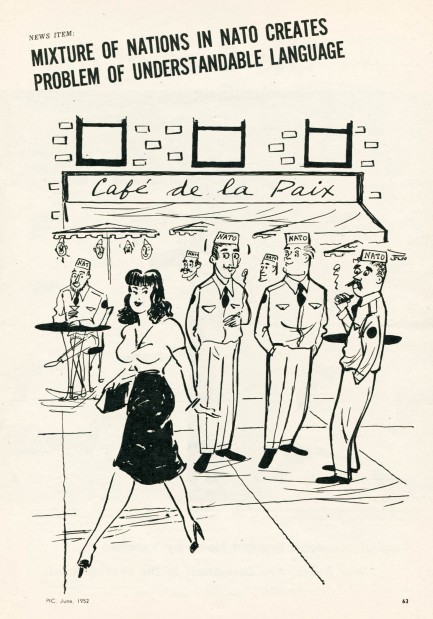
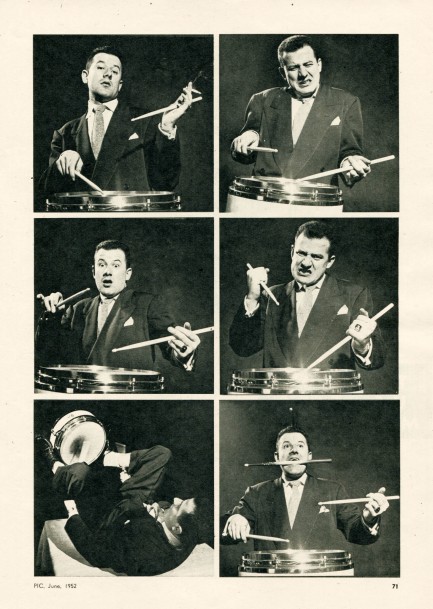
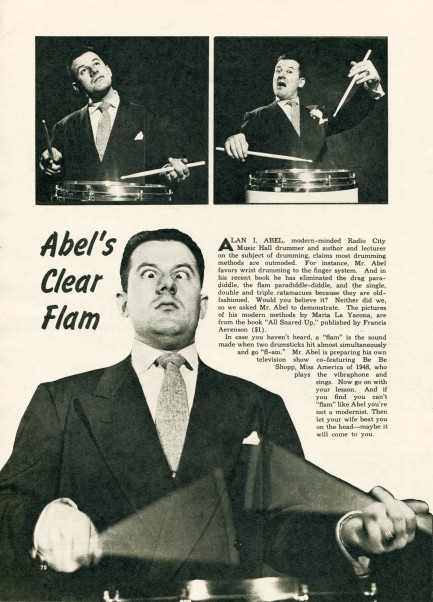
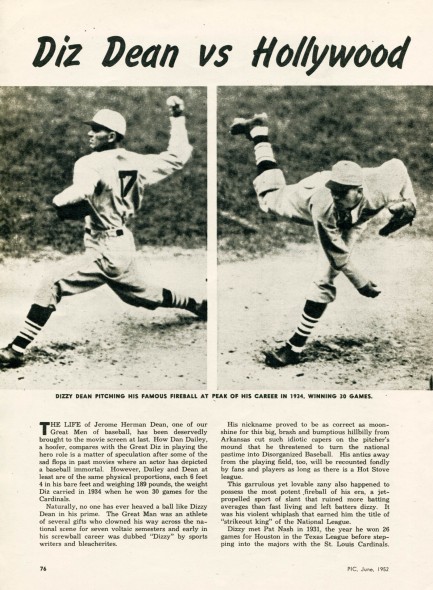
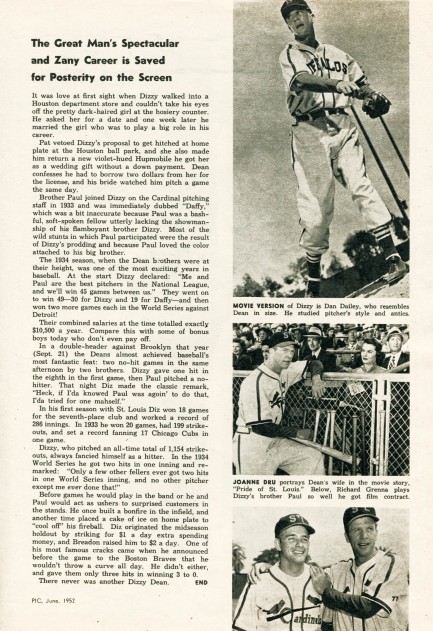
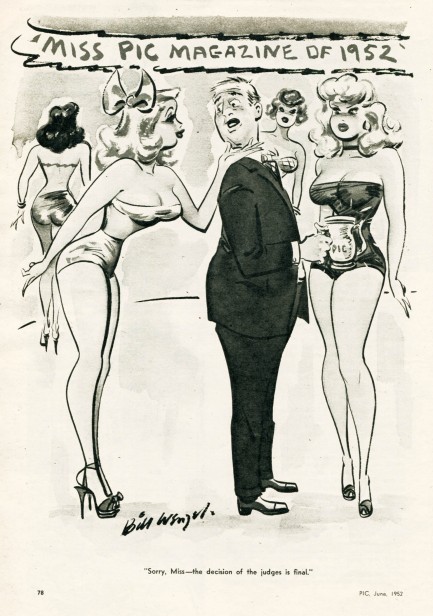
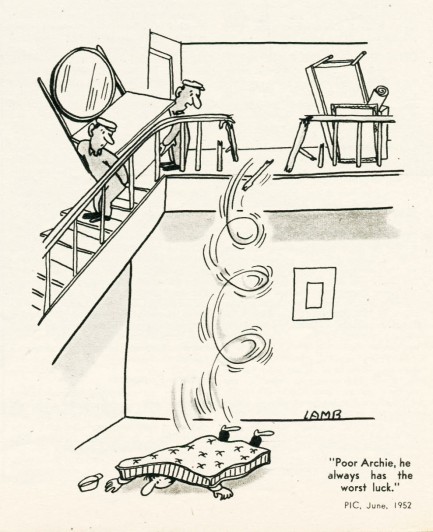

| Femmes Fatales | Jun 10 2013 |


| Hollywoodland | Aug 6 2011 |

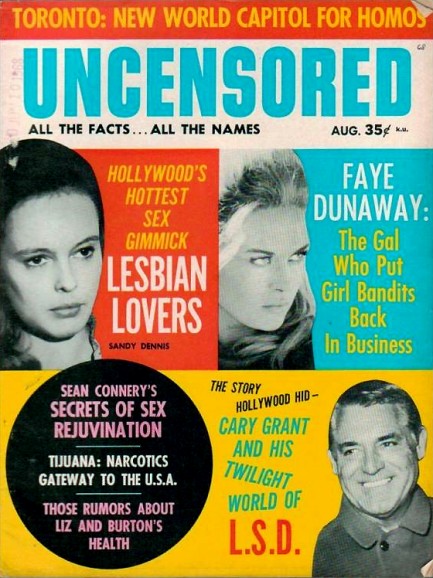
We’re back to the gossip magazine Uncensored today, with its info-packed cover telling us about gay Toronto, lesbian Hollywood, Sean Connery’s sex secrets and rumors about Liz Taylor and Richard Burton. But the standout item here (aside from the appearance of the non-word “rejuvination” and the misused term “capitol”) is the one on Cary Grant and his experimentation with LSD. Before the Beatles, Timothy Leary, and Carlos Castaneda, LSD was the drug of choice for a rarefied circle of glamorous elites who ingested it as part of their psychiatric therapy sessions. We’re talking about people as famous and diverse as aquatic actress Esther Williams, Time publisher Henry Luce, director Sidney Lumet, authors Aldous Huxley and Anais Nin, and composer André  Previn.
Previn.
Cary Grant never tried to keep his LSD use secret. In fact, he spoke glowingly about it in a 1959 interview with Look magazine, saying that it had brought him close to happiness for the first time in his life. He also said that LSD taught him immense compassion for other people, and had helped him conquer his own shyness and insecurity.
But by 1968 the U.S. government—which had experimented extensively with LSD in hopes of using it as a truth serum or a form of chemical warfare, and had dosed thousands of people both willingly and unwillingly—was moving toward declaring the drug illegal. Grant’s wife Dyan Cannon had famously cited LSD usage as a primary factor in seeking a 1967 divorce, and the counterculture embrace of the drug was beginning to frighten middle America and the White House. That’s the backdrop against which this August 1968 Uncensored appeared, and by October of the year LSD was illegal. But the fact that public opinion had shifted—or more accurately, had been pushed by a steady, government-initiated anti-LSD campaign—did not particularly harm Grant’s public standing.
When he died in 1986 he was still one of the most revered Hollywood actors ever. And about his LSD usage he had no regrets. Quite the opposite—he commented: “Yes, it takes a long time for happiness to break through either to the individual or nations. It will take just as long as people themselves continue to confound it. You’ll find that nowadays they put you away for singing and dancing in the street. ‘Here now, let’s have none of that happiness, my boy. You cut that out; waking up the neighbors!’ Those darn neighbors need waking up, I can tell you, constable!”
| Vintage Pulp | Nov 5 2010 |

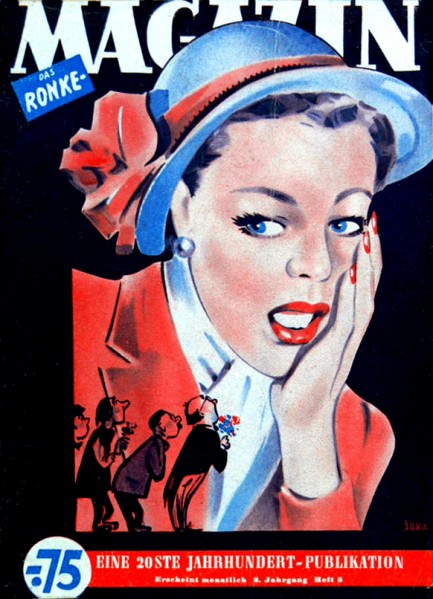
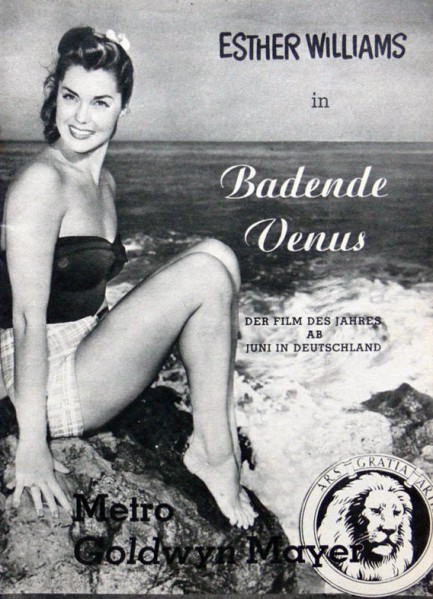

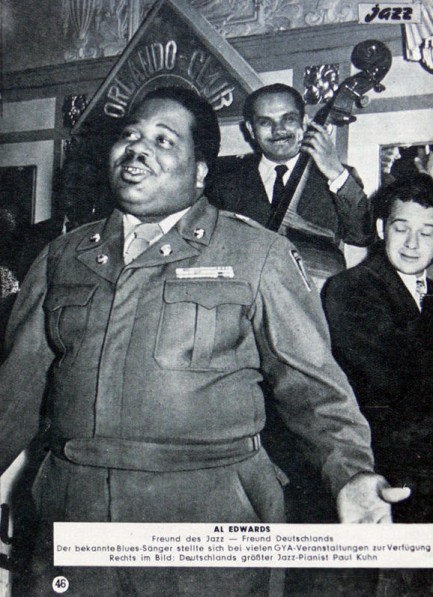
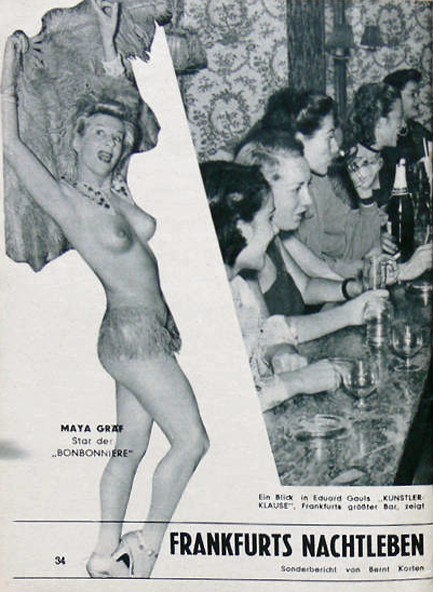
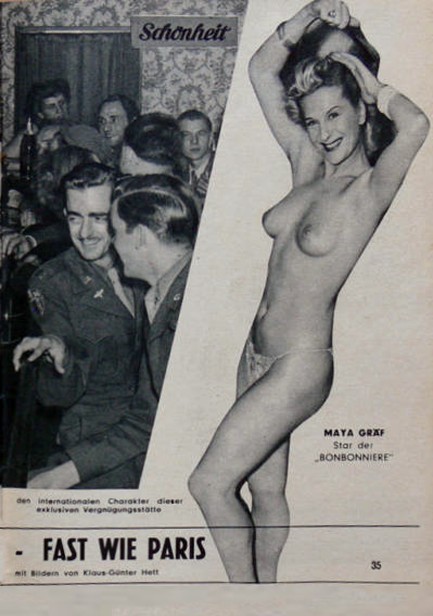
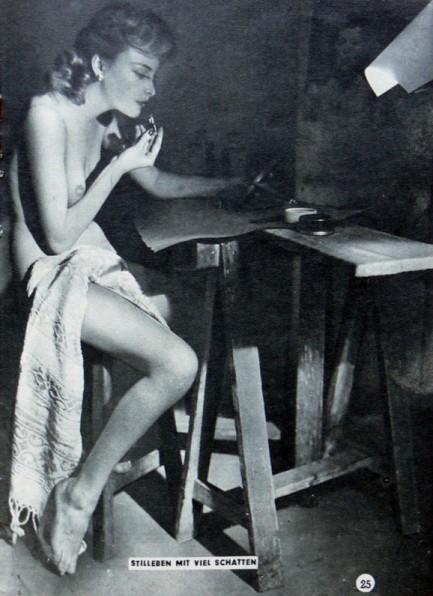
Above we have another issue of the West German magazine Das Ronke, this one from May 1950, with a great ad for the film Badende Venus, aka Bathing Beauty, with Esther Williams, along with photos of Jean Simmons, jazzman Al Edwards, and burlesque performer Maya Graf. The cover here—as on the previous one—is by Joka. We’ve got nothing on this person, but you know us—we’ll keep digging.
| Vintage Pulp | Sex Files | Jan 21 2010 |

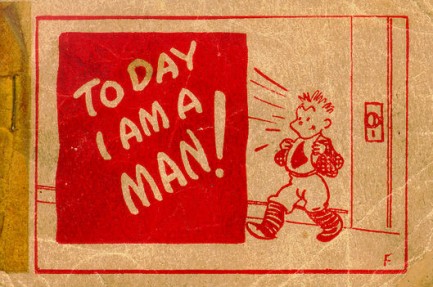

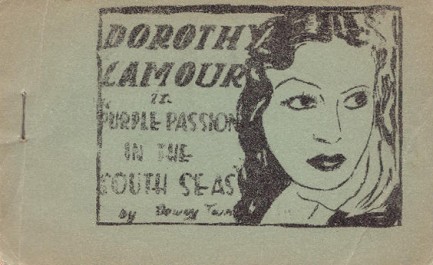
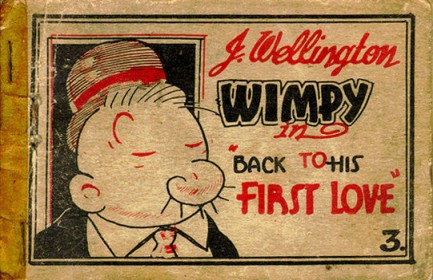
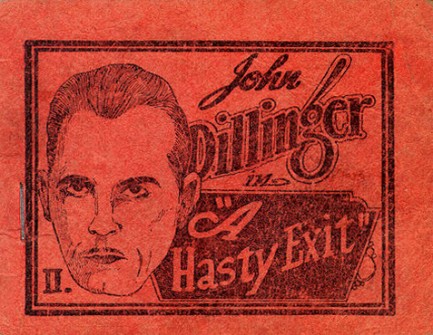
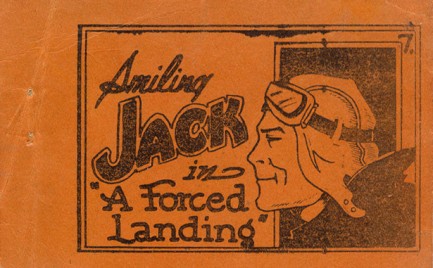
Well, we’re glad to see somebody finally went and put together a website of Tijuana bibles. The site is called tijuanabibles.org. Above you see six covers from their collection, and below is the entirety of a raunchy and racially charged Esther Williams bible entitled Get a Li’l Like the Fishes Do. We had doubts about posting it, but whenever we self-censor we end up kicking ourselves later, so this time we decided screw it. We consider ourselves mainly a history site, and censoring history is always a bad idea. Consider that a content warning. Anyway, Esther Williams was of course a famous swimmer who used her skills in an acting career, so the underwater theme of her bible is a play on her many aquatic roles. It was probably printed in the late 1940s, a time during which its IR content would have gotten the hood and noose crowd pretty riled up. But they would have been clueless whom to blame, because, as we discussed before, these American-made books may have been called Tijuana bibles for the sole purpose of misdirecting crusading citizens and curious authorities. For more examples of these little treasures, pay tijuanabibles.org a visit.